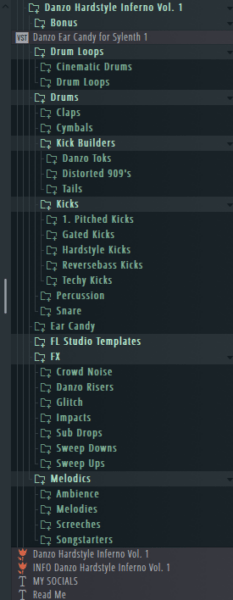

When you annotate an element with localization tools will skip this element and strings inside – indicates that a method parameter accepts arguments that must be valid property keys in a specific resource bundle.
#EXAMPLES OF ANNOTATIONS CODE#
Some of the most common and – indicate a variable, parameter, or return value that can or cannot be – indicates that an annotated code element is a string that needs to be – indicates that an annotated code element is a string which is not visible to users, which doesn't require localization, and which doesn't contain strings requiring localization. The package consists of several dozens of annotations. It contains annotations for expressing nullability, ranges, contracts, mutability, purity, and more. IntelliJ IDEA has its own annotations set available as a separate dependency. If you want to include test sources or annotate local variables, select the corresponding checkboxes. In the Specify Infer Nullity Scope dialog, select the scope of the analysis. If you want to use JetBrains annotations, and you are using IntelliJ IDEA build tool, the IDE will detect the missing dependency and suggest to add it automaticallyįrom the main menu, select Code | Analyze Code | Infer Nullity.


IntelliJ IDEA uses the annotation specified in Annotation used for code generation in Settings | Editor | Inspections | Probable Bugs | Nullability and data flow problems | Configure Annotations. Make sure the library with annotations is configured for your project. If your project is missing nullability annotations, completely or partially, you can have IntelliJ IDEA infer and insert the nullability annotations for you. Go to Settings Ctrl+Alt+S | Build, Execution, Deployment | Compiler and uncheck the Add runtime assertions for notnull-annotated methods and parameters option. If this is not the desired effect for you, you can disable these assertions. This fail-fast behavior may help you to diagnose the problems at an early stage. When you compile your project, the IDE adds assertions to all code elements annotated with These assertions will throw an error if the elements happen to be null at runtime. Under Options, select Configure Annotations. Go to Settings | Editor | Inspections | Probable bugs | Nullability and data flow problems. IntelliJ IDEA will then use them for determining the nullability of a symbol. While IntelliJ IDEA recognizes the popular nullability annotations, you may still want to add your custom annotations to the list. For example, IntelliJ IDEA will analyze the data flow in your project and report attempts to dereference a variable that can potentially be null, or vice versa, suggest getting rid of redundant guard conditions where they are safe to remove. On the other hand, IntelliJ IDEA's static analysis will be using these annotations to catch potential errors at design-time. By explicitly declaring the nullability of elements, the code becomes easier to maintain and less prone to nullability-related errors. Nullability annotations are a subset of code contract annotations. Examples of such annotation frameworks are Checker Framework and ErrorProne Nullability annotations IntelliJ IDEA recognizes popular Java annotations and takes them into account when analyzing code. They can be used by developers to better understand the implications of using a particular API as well as assist static analyzers to identify problematic areas. There is also a class of annotations describing code semantics and contracts. The metadata provided by these annotations can be used both at compile- and run-time, for example, to generate boilerplate code, or interact with the user classes through reflection. Also, many libraries and frameworks, such as Spring and Lombok define their own annotations. In Java, there is a set of built-in annotations. Annotations are pieces of metadata that provide information about code elements, such as classes, methods, or parameters.


 0 kommentar(er)
0 kommentar(er)
